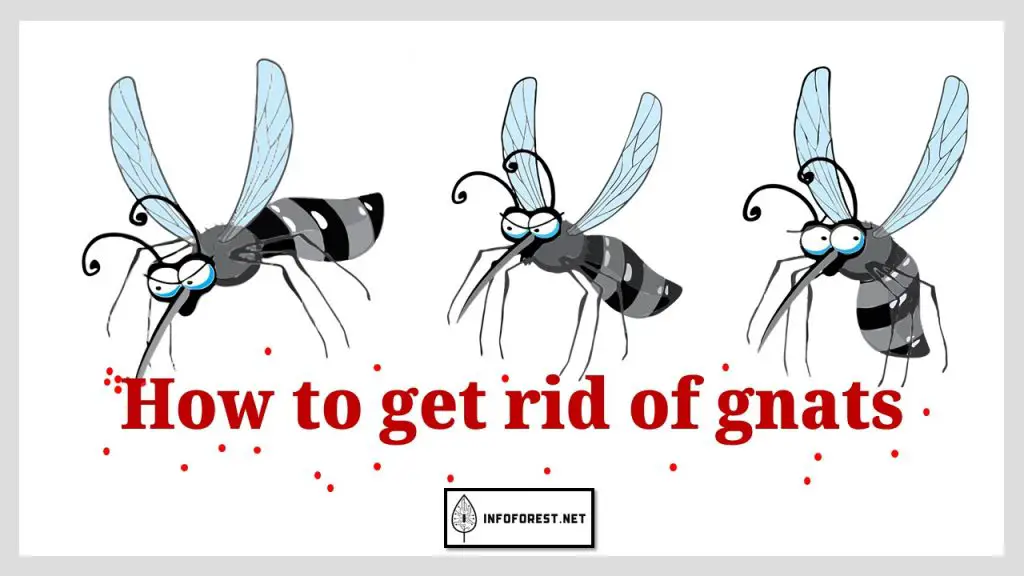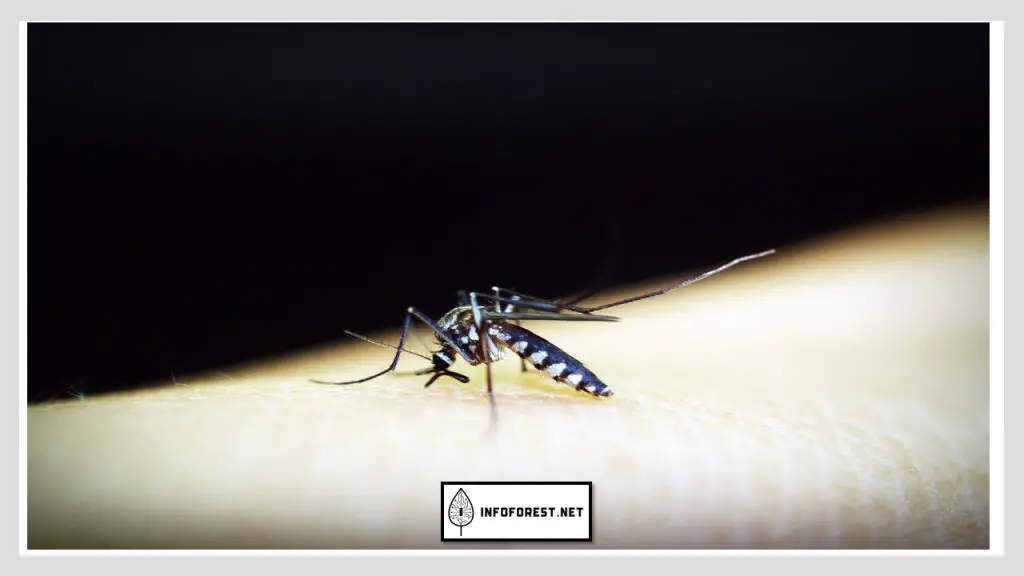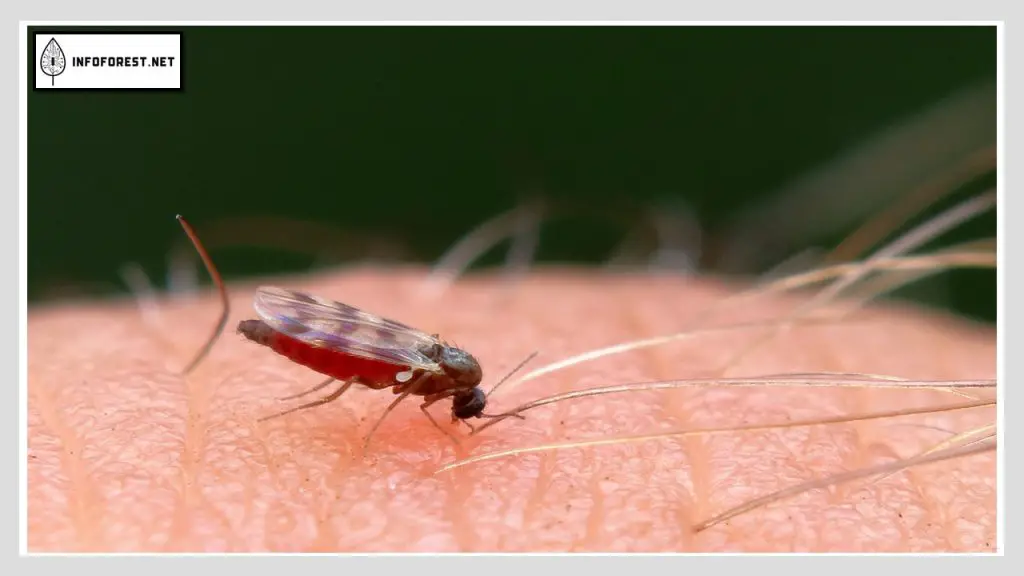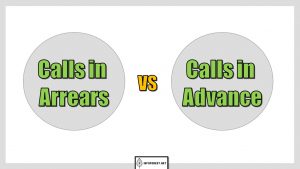
Gnats, also known as fruit flies or vinegar flies, are small flying insects that are often found in homes. These pests can be annoying and difficult to control, but there are a variety of methods that can be effective in getting rid of them. In this article, we will explore several different methods for getting rid of gnats, including both chemical and non-chemical methods. We will also discuss the biology and behavior of gnats to help you better understand these pests and how to control them.
Biology and behavior of gnats
Gnats are small, flying insects that are often found near sources of moist, organic matter. They are attracted to overripe or rotting fruit, as well as garbage and dirty dishes. Gnats reproduce quickly, and a single female can lay up to 300 eggs in her lifetime. The eggs hatch into larvae, which feed on organic matter and eventually pupate into adult gnats. The entire life cycle of a gnat can be completed in as little as 7-10 days, which is why they can reproduce so quickly and become a major nuisance.

Non-chemical methods to get rid of gnats
There are several non-chemical methods that can be effective in getting rid of gnats. The most important thing you can do is to practice good sanitation. This means regularly cleaning and disposing of garbage, washing dirty dishes, and removing any overripe or rotting fruit from your home. Gnats are attracted to moist, organic matter, so by removing these sources of food and breeding sites, you can significantly reduce the population of gnats in your home.
Another effective method is to use traps. There are a variety of traps that can be effective in getting rid of gnats. One simple method is to use a jar or bottle with a narrow opening. Fill the jar with a mixture of water and a few drops of dish soap, and place it in an area where you have noticed a lot of gnats. The gnats will be attracted to the jar, but the soap will cause them to drown when they land on the surface of the water. You can also purchase commercial gnat traps that work in a similar way.
Chemical methods to get rid of gnats
If you have a severe infestation of gnats and other methods are not working, you may need to use an insecticide. There are several different types of insecticides that can be effective against gnats, including pyrethrin-based products and neem oil. Be sure to follow the instructions on the label and take care to use the product safely.
It is important to note that while chemical control methods can be effective, they can also be toxic to humans and pets if used improperly. Therefore, it is important to use caution when using any chemical products and to carefully follow the instructions on the label.

Some efficient techniques
There are several different methods that can be effective in getting rid of gnats. Here are a few examples:
- Sanitation: One of the most important things you can do to get rid of gnats is to practice good sanitation. This means regularly cleaning and disposing of garbage, washing dirty dishes, and removing any overripe or rotting fruit from your home. Gnats are attracted to moist, organic matter, so by removing these sources of food and breeding sites, you can significantly reduce the population of gnats in your home.
- Traps: There are a variety of traps that can be effective in getting rid of gnats. One simple method is to use a jar or bottle with a narrow opening. Fill the jar with a mixture of water and a few drops of dish soap, and place it in an area where you have noticed a lot of gnats. The gnats will be attracted to the jar, but the soap will cause them to drown when they land on the surface of the water. You can also purchase commercial gnat traps that work in a similar way.
- Insecticides: If you have a severe infestation of gnats and other methods are not working, you may need to use an insecticide. There are several different types of insecticides that can be effective against gnats, including pyrethrin-based products and neem oil. Be sure to follow the instructions on the label and take care to use the product safely.
| Method | Advantages | Disadvantages |
|---|---|---|
| Sanitation | Effective, inexpensive, and safe | Requires regular cleaning and maintenance |
| Traps | Can be effective in small areas | May not work for severe infestations |
| Insecticides | Can be effective in severe infestations | Can be toxic to humans and pets if used improperly |
Most Viewed Articles
Conclusion
In conclusion, getting rid of gnats can be a challenging task, but there are several different methods that can be effective. The most important thing you can do is to practice good sanitation and remove sources of food and breeding sites for the gnats. Traps and insecticides can also be effective, but it is important to use caution when using chemical products and to carefully follow the instructions on the label. By following these steps, you can effectively control and eliminate gnats from your home.
We also invite you not to miss our other popular articles such as:
Difference between left and right Twix–Difference Between Eastern Time Zone and Central Time Zone–Difference Between Capitalism and Communism– Difference Between EST and EDT–How many weeks in a Year– Difference Between Evening and Afternoon – Democrat vs Republican – Kilometer vs Mile – How to get rid of hiccups and Difference Between Zip Code and Postal Code






